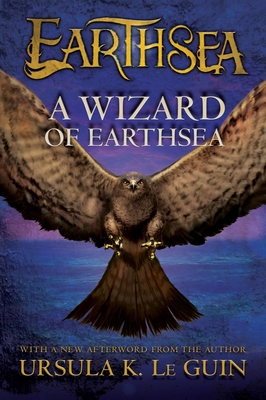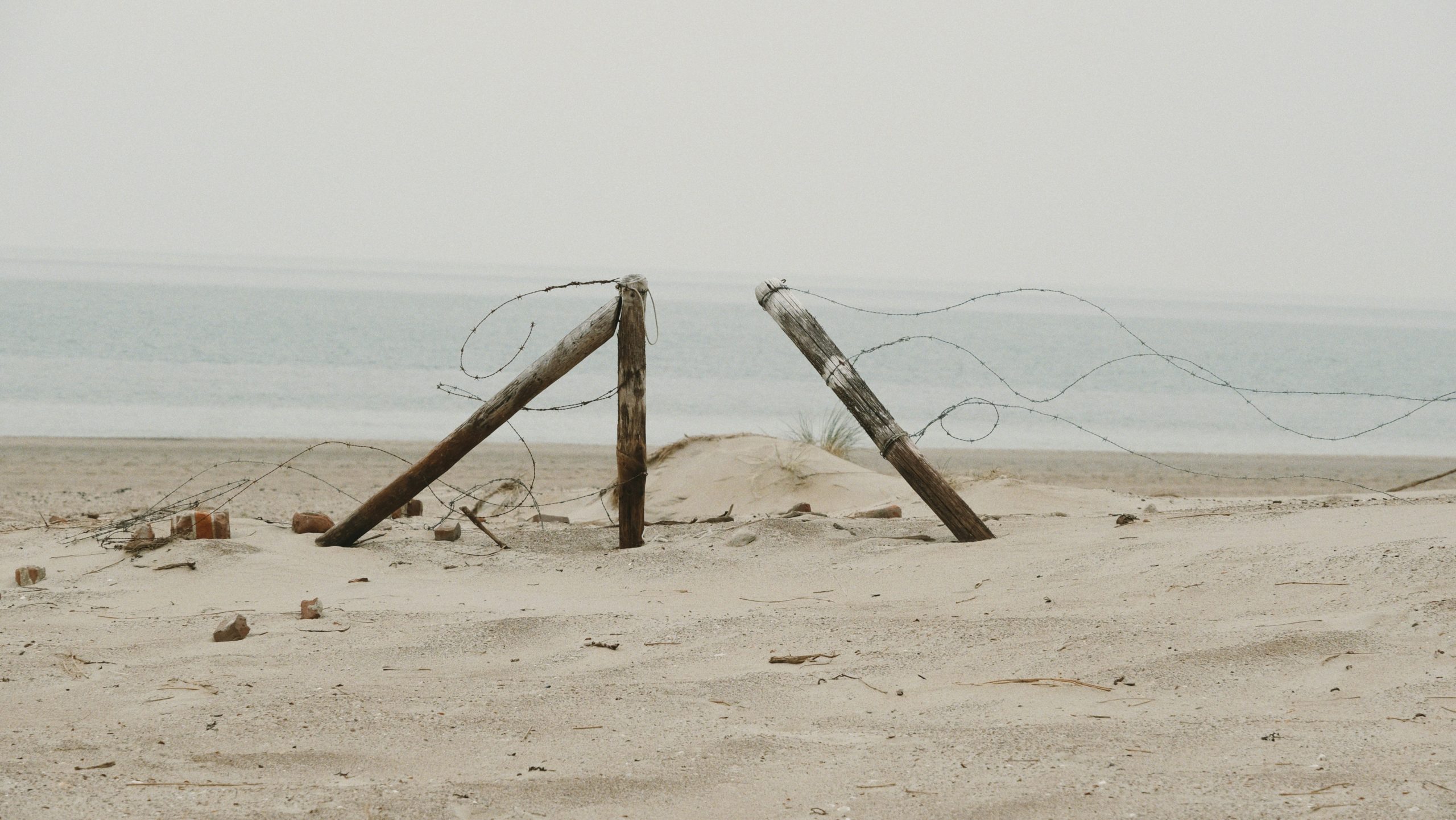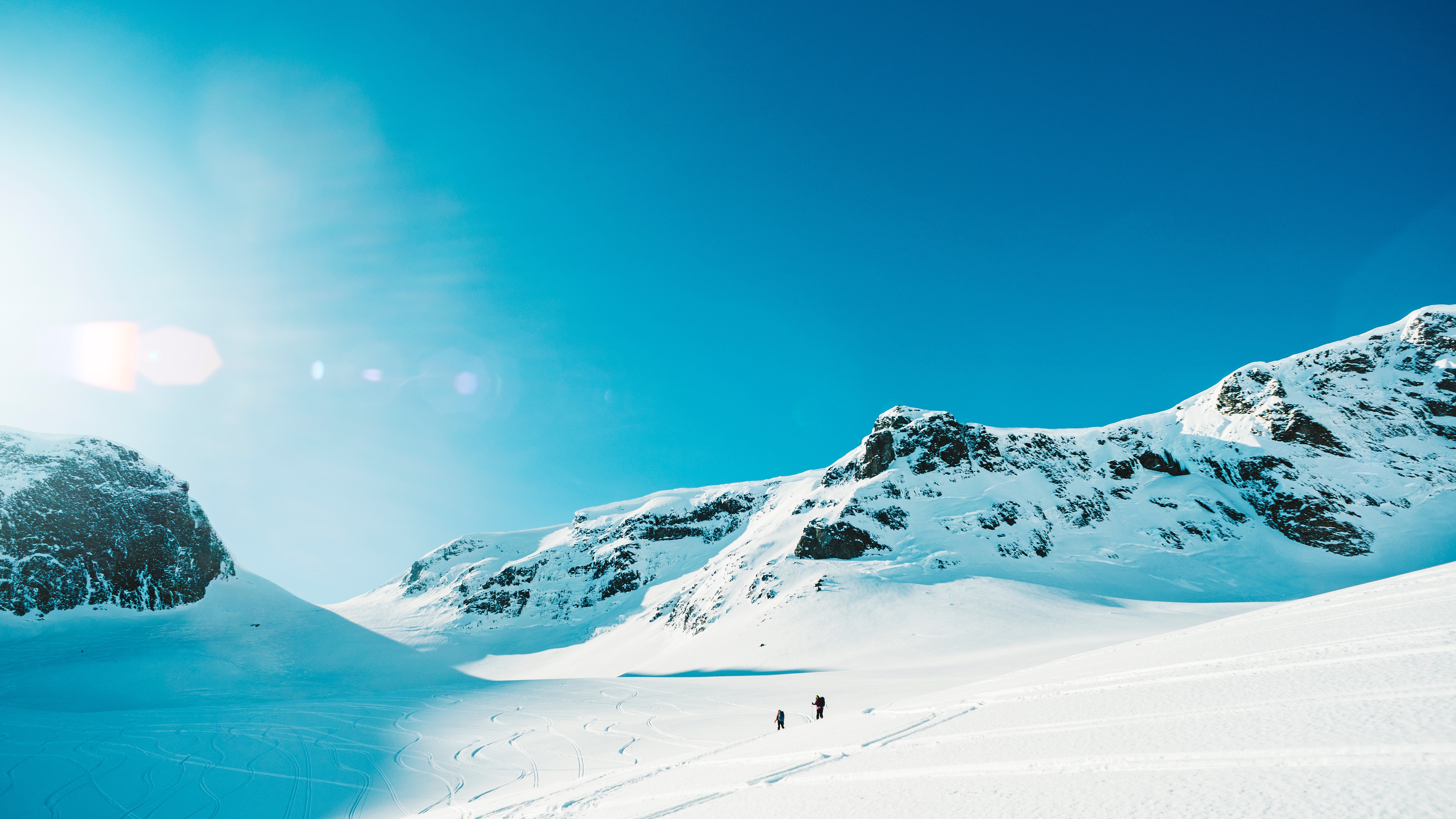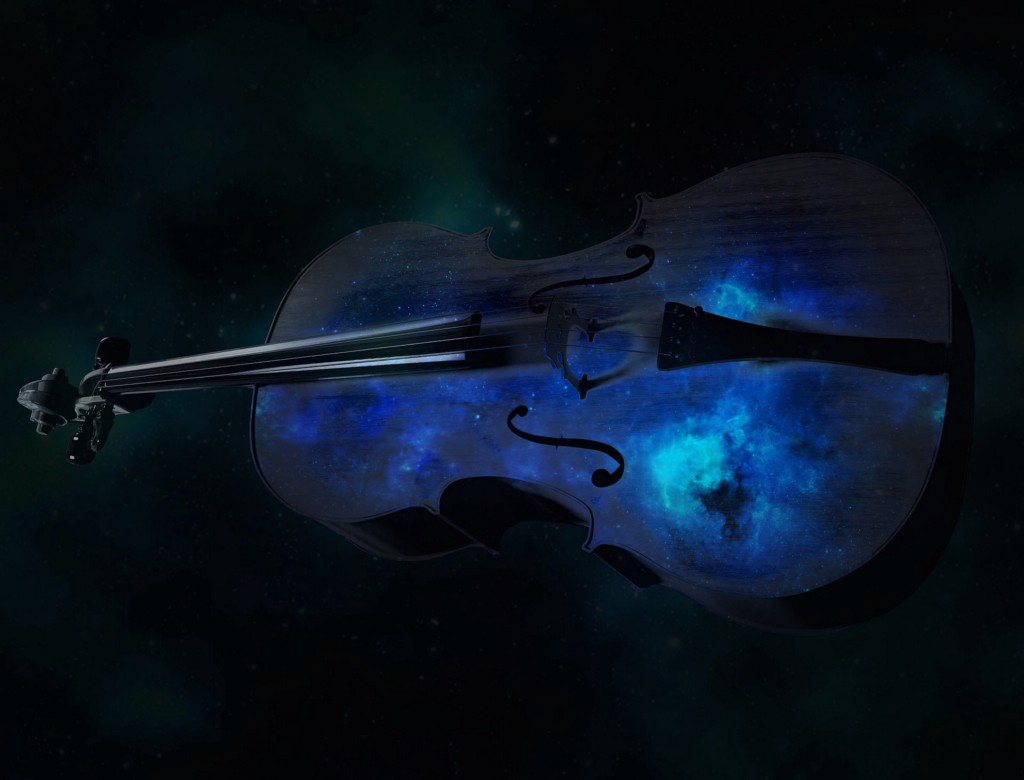Books & Culture
There Has Never Been a Better Time to Read Ursula Le Guin’s “Earthsea” Books
The fantasy series offers a pioneering Black hero—and a model for how white people can decenter themselves
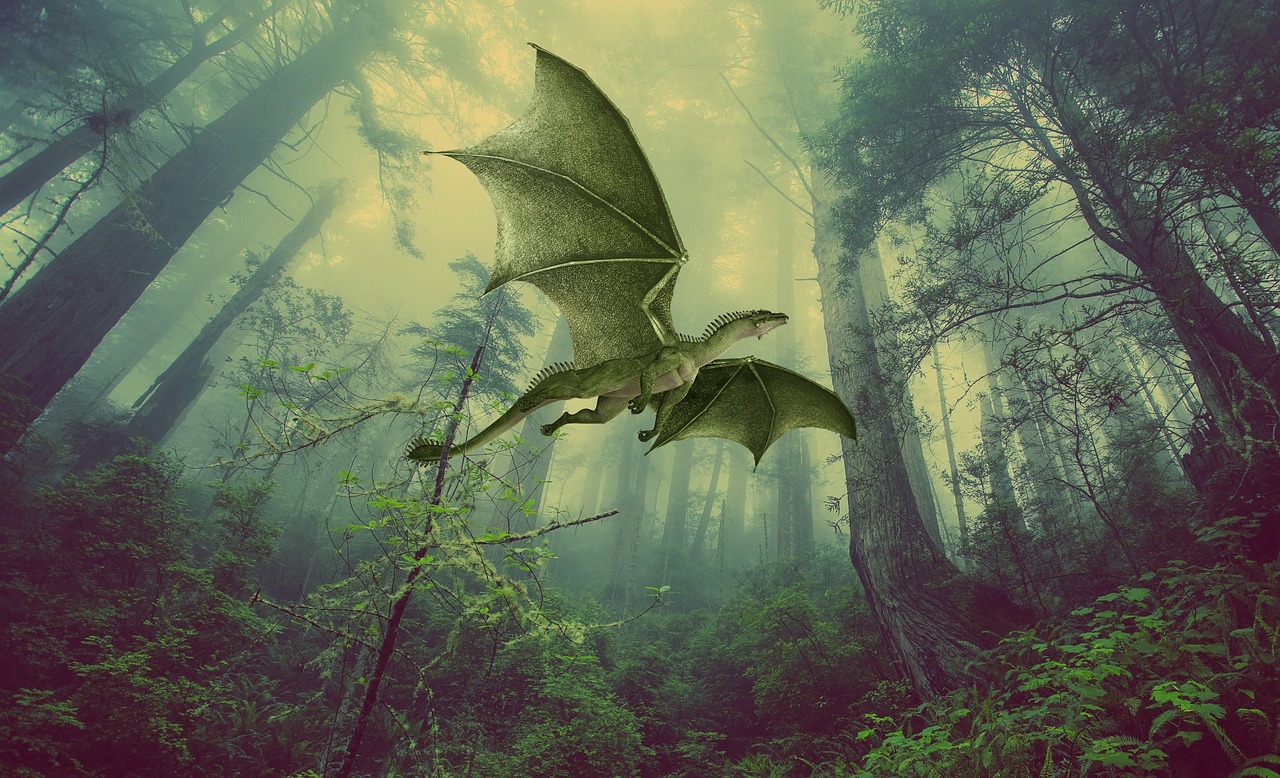
It didn’t start with George Floyd, but his death was the shock that brought thousands of heroic Black people from out of pandemic lockdown to fight back against systemic forces of death. The moment felt supernatural, like a scene from an Ursula K. Le Guin fantasy novel.
Le Guin, who passed in 2018, was a brilliant science fiction and fantasy writer who built entire worlds based on concepts of Taoism, feminism, and transformation. She loved color and trees, but mostly she loved subversive ideas.
Though the city backdrop of most high-profile protests is at odds with Le Guin’s lush settings, this moment in 2020 feels like something she might have imagined: Black and brown people banding together to uproot an inequitable system built by hordes of pale brutes. And then, as if by magic–just like the penultimate scene in one of her final books–a coalition of people of all hues and ideologies unite to rework society in the name of equilibrium. One thing that remains true, both in her vision and in our world, is that this magic originates with Black people.
That’s the brilliance of Le Guin’s Earthsea Cycle, one of the first fantasy series to cast dark-skinned people in protagonist roles. Normally, each autumn I immerse myself in all six of the books, but with the rise of a new Civil Rights movement, I’m moving that schedule up to summer, and I think now is the perfect time for everyone else to follow suit.
I stumbled upon A Wizard of Earthsea, the first book in the cycle, as a twelve-year-old. Bored with the Agatha Christie mystery my class was reading—And Then There Were None—I decided to skip through my literature book instead. Turning past pages of characters who had nothing in common with me, I settled into a cozy yet rustically sparse yarn about an adventurous adolescent who calls and commands hawks and apparitions of mist with equal aplomb. Using these gifts, he saves his home from “a savage people, white-skinned, yellow-haired, and fierce,” who liked “the sight of blood and the smell of burning villages.”
Reading that line filled me with dread; the bad guys in this book were like the bad guys in my own life. I was the only Black kid at an all white school, and my classmates’ monolithic disregard for my being was appalling. But in this story was an unremarked-upon truth that I thought no one else knew: being white did not make you virtuous. Everything else I read at school taught me that being Black made me inferior. With A Wizard of Earthsea, I was more than equal. People who looked like me were not only the majority, they were the heroes.
Everything else I read at school taught me that being Black made me inferior. With A Wizard of Earthsea, I was more than equal.
Sure, I’d read a couple of stories with Black superheroes before—Black Panther and Luke Cage—but their compressed, one-and-done storylines left me wanting more. With Earthsea, my brain was satiated by complicated concepts that extended beyond 24 pages.
I spent the remainder of that day reading the book, ignoring every other lesson, even skipping P.E. and lunch until I’d made my way through all 200 pages. Whenever my teacher called on me, I replied without caring whether I was correct or not, so long as I was able to return to my adventure. In Earthsea I met a boy who receives his true name (Ged), rejects patience, is scarred and humbled yet grows up to slay a dragon, and finally embraces the shadowy aspects of his soul.
I marveled that during these adventures, the writing refused to equate evil with blackness, even when Ged worked forbidden necromancy. “Evil” in Earthsea was abusing the world’s natural order. Yes, magic allowed one to summon rainstorms, but that water had to be taken from somewhere else; cause and effect with a dash of chaos theory.
Ged is responsible for the evil that occurs in the first book, when in an act of youthful boasting, he opens a portal to the land of the dead. What comes out is a shadowy, substanceless unbeing. The only way for it to continue to exist is by consuming his life force; Ged gave the world his shadow and now it will take over his entire being. This shadow pursues him across the world, becoming more distinct, and looking more like Ged anytime they come into contact. This unbalanced attempt to consume life manifests in different forms as the great evil in almost all of the Earthsea books.
In Earthsea, the villains are not Black—but the protagonist is.
Contrast that with the dark—and frankly, racist—orcs of Tolkien’s tomes or any other de facto black evil. The elder gods who collapse the temple in the cycle’s second book, The Tombs of Atuan, or the vacuum that is devouring the world’s magic in the third book, The Farthest Shore, are bad because they take without giving anything in return and because they want to eliminate Ged. They are neither dark sorcerers, savage ethnics, nor brutal simians out to overthrow the white man. In Earthsea, the villains are not Black—but the protagonist is. This iconoclastic vision of who was allowed to be the hero did more to bolster my self esteem as a child than any prize I ever won.
Le Guin was clear that the colorism in her work was a well-crafted decision. Her oft-cited essay on the matter from Slate is too delicious not to quote:
My color scheme was conscious and deliberate from the start. I didn’t see why everybody in science fiction had to be a honky named Bob or Joe or Bill. I didn’t see why everybody in heroic fantasy had to be white (and why all the leading women had “violet eyes”). It didn’t even make sense. Whites are a minority on Earth now—why wouldn’t they still be either a minority, or just swallowed up in the larger colored gene pool, in the future?
In this same essay she dropped the mic on assumed privilege in our country:
I think it is possible that some readers never even notice what color the people in the story are. Don’t notice, don’t care. Whites of course have the privilege of not caring, of being “colorblind.” Nobody else does.
The daughter of two prominent anthropologists, she began the Earthsea books in 1968 because her publisher wanted something that would sell to adventure-minded boys. Using the books, she built a world with solid rules that evolved and shifted to bring on new considerations. The Black majority of Earthsea weren’t pious characters concerned with respectability politics. Like Ged, they were allowed to be selfish, complicated, and beautifully disastrous. The antagonistic white savages from the Kargad Empire turned out to have their own equally developed system of beliefs. Neither side was perfect, but the Black majority led the story.
All of this came out over the span of 33 years as Le Guin dug deeper into Earthsea’s culture to comment on our own. Without starting over, or burning everything down, she used her final book to remake the system that readers thought they understood. Centuries before—according to Earthsea lore—the Black people used their magic to colonize the realm of dragons in order to create an afterlife. “The Dry Land” meant that Black people could exist even after death, but without any purpose. The white people rejected this system, banned magic, and reincarnated after they died. The dragons were pissed off and eager to reclaim their stolen dominion, while the dead wanted to end their eternal existence and rejoin the cycle of life. In The Other Wind all four sides unite to dissolve the Dry Land and create a re-balanced system.
The Earthsea cycle offers a world where the Black people who are at the center learn to expand their circle in order to construct a new social compact.
As fantastical as this is, the idea of giving up something as valuable as life after death in order to bring the world into balance can offer us a model as we reimagine a world without police. Like the Dry Land, the police force is founded on injustice and exists to perpetuate injustice—it protects white people at the expense of Black lives, as the Dry Land protects Black lives at the expense of everyone else. Pre-Civil War slave patrols transformed into a constabulary that enforced Jim Crow. Our country eventually passed legislation to abolish discrimination but without properly recreating the system. Previous injustices—like the idea that Black lives matter only three fifths as much—will continue to be reinforced in idea and practice until the institution that arose from them is dissolved.
Emmett Till, Rodney King, Tamir Rice, Eric Garner, Breonna Taylor, George Floyd, Tony McDade, and too many others to name: their lost lives are proof that our system does not work. The Earthsea cycle offers a world where the Black people who are at the center learn to expand their circle in order to construct a new social compact.
To white protestors and accomplices, who say that they want to listen but are fearful of giving up some power so that we can all heal, I suggest you read the Earthsea cycle. You will need to learn to step away from the center to build a new world, and the Black majority in this fantasy series offers a better model than any white history. I encourage Black people to read Earthsea too, if only to remind yourselves that once upon a time a white woman in Portland saw us, recognized us as beautiful, and built an entire world where we had the privilege to decide that we could share our power.
Let’s make our new reality an even better world than Le Guin’s.




